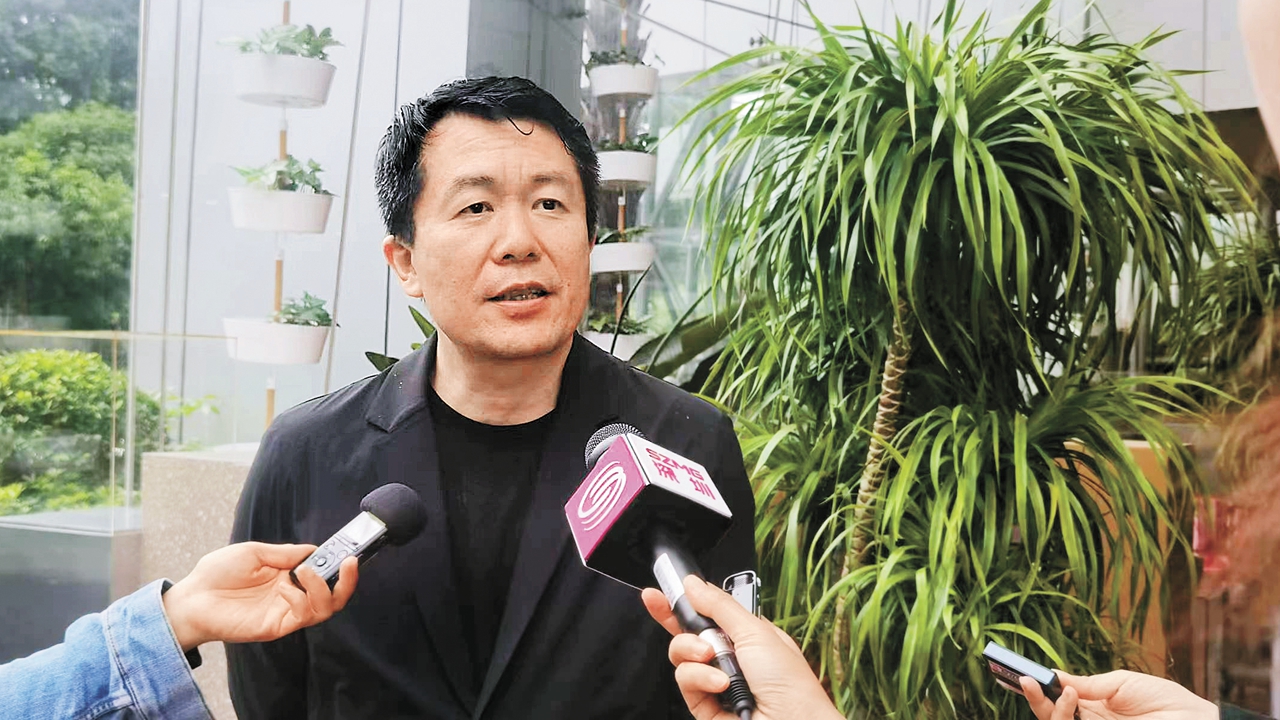Design-driven development, city's next stepping stone

Shenzhen has achieved remarkable feats in urban development over the course of 40 years. Its high-tech development and economic progress have earned global recognition. The city is now at a critical turning point, as a new model of growth — design-driven development — is presenting new opportunities, according to a local researcher.

Zhang Yuxing receives an interview. File photo
“In the development of a country’s or a region’s economy, there is a market-driven model in its early stage, and a tech-driven one later. Shenzhen is now a tech-driven city with lots of world-renowned enterprises like Huawei, BYD and DJI. The third model is design driven, which stands at the top of the entire industrial chain,” Zhang Yuxing, a researcher from Shenzhen University’s School of Architecture and Urban Planning, said during an interview Tuesday.
“The design-driven model is important because products are created based on consumers’ psychological perspectives. Products such as iPhones and Tesla cars are design driven. Their success is built on the foundation of market and technology; and without them, they cannot succeed further and higher,” Zhang added.
Zhang, also an academic member of the Shenzhen Design Week Organizing Committee, believes that the design week serves not only as an important platform for designers, but also for the UNESCO Creative Cities Network.
According to Zhang, urban spaces and industrial development need a high degree of compatibility. In addition, urban designs must strike a balance and provide the city with a healthy and harmonious development.
“Shenzhen has reached a new critical turning point. Our industry needs upgrading and transformation. On the other hand, our city is facing large-scale urban renewal. An important point is how design can empower the new model to find an answer. We need a design-driven model to make the industry and urban space highly compatible,” Zhang said.
For this year’s design week, Zhang said the city will center around four dimensions and trajectories such as how designs empower industrial and innovative development, lead fashion consumption, market city brands, and solve difficulties in urban management and governance.
Design covers a wide range of fields, not only in product and industrial designs, but also in space, clothing and consumer goods designs, among a myriad of others.
“Design is everywhere. People may not necessarily understand a product or a production system in daily life, but the clothes they wear, food they eat and public areas they visit are all related to design. These designs will shape the city’s development direction,” Zhang said.